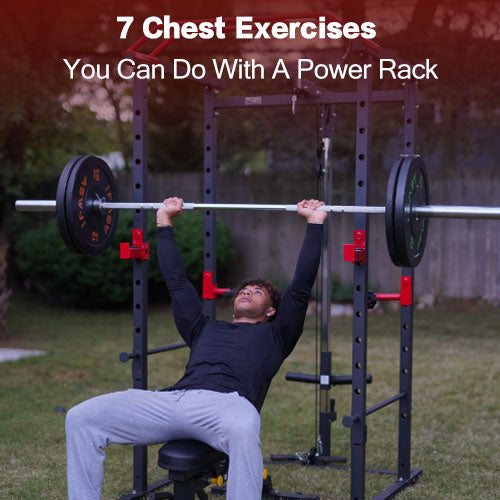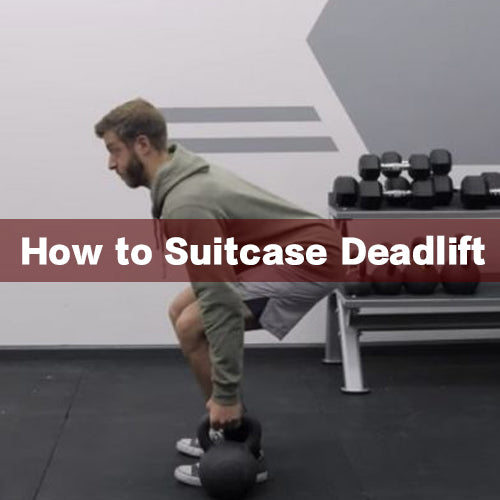Skater squats are a dynamic and challenging lower body exercise that targets multiple muscle groups while improving balance and stability. This exercise, popular among athletes and fitness enthusiasts, mimics the movement of a skater gliding across the ice, making it a functional and effective addition to your workout routine.
In this comprehensive guide, we will delve into the details of skater squats, including the correct form, the benefits they offer, and variations to keep your workouts challenging and exciting.
What are Skater Squats?
Skater squats, also known as lateral lunges or side lunges, are a variation of the traditional squat exercise. They involve performing a single-leg squat with the opposite leg extended to the side, mimicking the lateral movement of a skater. This exercise primarily targets the quadriceps, glutes, hamstrings, and adductor muscles, while also engaging the core for stability.
Proper Form and Technique
- Begin by standing tall with your feet hip-width apart, maintaining a straight posture and engaging your core.
- Shift your weight onto your right leg and take a big step to the left side, keeping your toes pointing forward.
- Bend your right knee and lower your body into a squat position, pushing your hips back and keeping your chest lifted.
- Simultaneously, extend your left leg straight out to the side, keeping it elevated off the ground.
- Ensure that your right knee does not extend beyond your toes, and maintain proper alignment by keeping your knee in line with your ankle.
- Push through your right heel to return to the starting position, using your right leg to stand back up.
- Repeat the movement on the opposite side, alternating between left and right legs for the desired number of repetitions.
Skaters Squat Muscles Worked
Skater squats are a dynamic lower body exercise that engage multiple muscle groups. By performing this exercise, you target and strengthen the following muscles:

Quadriceps: The quadriceps, located in the front of the thigh, are the primary muscles targeted during skater squats. They work to extend the knee joint and are heavily engaged when you push yourself back up from the squat position.

Glutes: The gluteal muscles, including the gluteus maximus, medius, and minimus, are involved in skater squats. These muscles help extend the hip joint and stabilize the pelvis during the exercise.

Hamstrings: The hamstrings, located at the back of the thigh, are activated as you lower your body into the squat position. They assist in knee flexion and contribute to the overall stability of the movement.

Adductors: The adductor muscles, located on the inner thighs, play a significant role in skater squats. They help stabilize the legs during the lateral movement and contribute to hip stability.

Calves: The calf muscles, including the gastrocnemius and soleus, are engaged as you push off the ground and rise back up from the squat position. They assist in ankle plantarflexion and contribute to overall lower body strength.
Core Muscles: Skater squats require core stability to maintain proper form and balance. The muscles of the core, including the abdominals, obliques, and lower back muscles, work to stabilize the spine and pelvis throughout the movement.
Stabilizer Muscles: In addition to the primary muscle groups mentioned above, skater squats also engage various stabilizer muscles. These include the hip abductors, which help with lateral movement, as well as the muscles of the feet and ankles, which work to maintain balance and stability.
By targeting these muscle groups, skater squats provide a comprehensive lower body workout that can help increase strength, stability, and athletic performance. Incorporating this exercise into your fitness routine can contribute to well-rounded lower body development and functional movement abilities.
Benefits of Skater Squats
Incorporating skater squats into your fitness routine can yield numerous benefits, including:
Strengthening the Lower Body: Skater squats target the quadriceps, hamstrings, and glutes, promoting strength and muscle development in these key lower body muscles. This can improve athletic performance, enhance functional movements, and support overall lower body strength.
Enhancing Balance and Stability: The unilateral nature of skater squats challenges your balance and proprioception, as you're required to stabilize your body on one leg. Over time, this can improve your balance, coordination, and overall stability.
Developing Hip Mobility: Skater squats require a wide range of motion in the hips, helping to improve hip mobility and flexibility. This can be particularly beneficial for athletes involved in sports that require lateral movements, such as basketball, tennis, or skating.
Engaging the Core: Maintaining a stable core is essential during skater squats to prevent excessive leaning or twisting. This exercise engages the core muscles, including the abdominals and obliques, to maintain proper form and stability throughout the movement.
Functional Movement Simulation: Skater squats mimic the lateral movements performed in various sports and activities, such as ice skating or skiing. By replicating these movements, skater squats enhance functional fitness and prepare your body for real-life activities.
Skater Squat Variations
1.Bodyweight Skater Squat

Start with the basic bodyweight skater squat before adding external resistance. Stand with your feet hip-width apart and extend one leg straight out to the side, keeping it off the ground. Lower your body down into a squat position on the supporting leg, maintaining a straight back and keeping your chest lifted. Push through the heel of the supporting leg to return to the starting position. Repeat on the other side.
2.Dumbbell Skater Squat

Hold a hex dumbbell in each hand, with your arms relaxed by your sides. Perform the skater squat as described above, focusing on maintaining proper form and balance. The added weight will increase the challenge and intensity of the exercise.
3.Skater Front Squats

To start, stand with your feet hip-width apart and place a barbell in front of your shoulders. Your palms should be facing up and your elbows should be raised, forming a "rack" for the barbell. Take a big step out to the side with one leg, similar to a skater's squat, while keeping your toes forward. Bend your knees, lower your body into a squat, push your hips back, and keep your chest lifted. Make sure your knees don't protrude beyond your toes. Push the heel of the supporting leg back to the starting position, maintaining control and balance.
4.Bulgarian Split Squat

Stand facing away from a weight bench or elevated platform with one foot resting on it, laces down. Extend your other leg out in front of you and lower your body down into a lunge position, keeping your front knee aligned with your ankle. Push through the heel of the front foot to return to the starting position. This exercise targets similar muscles to the skater squat and adds a balance and stability challenge.
5.Weighted Skater Squat

Once you have mastered the basic skater squat variations, you can increase the intensity by adding additional resistance. Use a weighted vest, a barbell, or hold dumbbells or kettlebells in your hands to make the exercise more challenging.
6.Plyometric Skater Squat

For an advanced variation, incorporate plyometric movements into your skater squats. Instead of simply standing up after each squat, explode into a jump and switch legs mid-air, landing softly on the opposite leg. This adds an element of power and cardiovascular intensity to the exercise.


